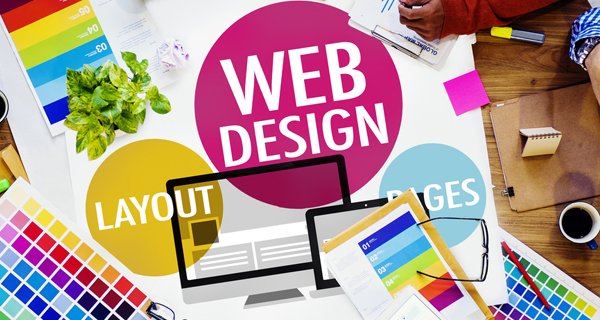The Benefits of Using Responsive Web Design
How do you make your Web Design adapt to different devices while still providing a great user experience? We explored this with ecommerce development in Dubai.
Life was simpler when web designers only worry about desktop versions of their websites. It was easy to design for most monitors and displays, and one size fits all. Then came the rise of mobile.

With the rise of mobile, one of the big discussions has been between adaptive web design. A responsive web design that can scale to different standards, and standalone site design. It also known as m(dot) design with the http://m.site.com URL structure.
For the purposes of this discussion, m(dot) sites are an idea from the past. They are no longer the optimal solution. They involve creating a completely new site with less content, less images, and simplified navigation. With that in mind, let’s look at the different approaches to designing for multiple devices.
What is responsive and adaptive web design?
At the beginning of the century, the debate in ecommerce development company Dubai was about fixed layout vs adaptive. Adaptive layouts were controlled by percentages and stretched to fit the browser. While you fix layouts were limited to the pixel width set by the designer.
Neither approach was infallible. Adaptive layouts worked on screens of varying sizes, but looked unattractive on wide monitors. Fixed designs worked well on the screens they were designed for. But were nearly impossible to use on smaller mobile devices.
The hottest topics of discussion right now are responsive and adaptive web design. Both methods make it easier to meet Google’s guidelines for mobile accessibility, good UX, and execution, but each approach has its pros and cons.
For starters, responsive web design is similar to fixed design, which uses static layouts based on breakpoints. Responsive design detects the screen size and loads a layout that fits it. This approach involves designing for at least 6 screen sizes, which means additional development and design for multiple screen sizes.
This approach allows for more control over style and content strategy, which is not always possible with responsive web design. But in the long run, creating at least 6 “new sites” from scratch is a lot of work that you don’t have to do with responsive web design.
Carrie Cousins of The Next Web says you should consider responsive design if:
- Your site needs to work differently on all devices;
- And you can actually create different versions for each device;
- You can create responsive templates;
Your user is getting information on many devices (if analytics show that 70% of users are accessing your site from one device, responsive UI is not worth your time).
On the other hand, responsive web design doesn’t give you the same control over content and style as adaptive web design. But it requires much less work to create and maintain. Responsive web design is like a descendant of adaptive layout: it adapts to the screen size. No matter what the device. Responsive design uses CSS queries to change styles based on the target device. And then loads the page layout to fit your device’s screen size.
Because responsive design moves content around the screen to accommodate the browser and device size. You need to pay attention to the visual hierarchy of your content. Testing across browsers and devices can help here. Ecommerce development company in Dubai find responsive design to be a more labor-intensive approach. Because it must be planned for a nearly infinite number of screen sizes. Even with this drawback, responsive design almost always results in better code and better responsiveness.
Why is responsive design the future of the web?
Still not convinced why responsive design is a responsible approach to design?
How about this:
- It’s more user-friendly. There are no set screen size limits like responsive design. While ecommerce development Dubai give guarantee to work well on any screen size. Adaptive design will only work on the number of screens that the layouts are designed for.
- Responsive design loads faster. A responsive site has to load ALL possible layouts, while a responsive site only has to load one that works on all platforms.
- It’s future-proof. Since it’s not limited to set screen sizes, your page will load and look good on the next Samsung phone or iPhone (not to mention tablets and smartwatches), no matter the screen size.



